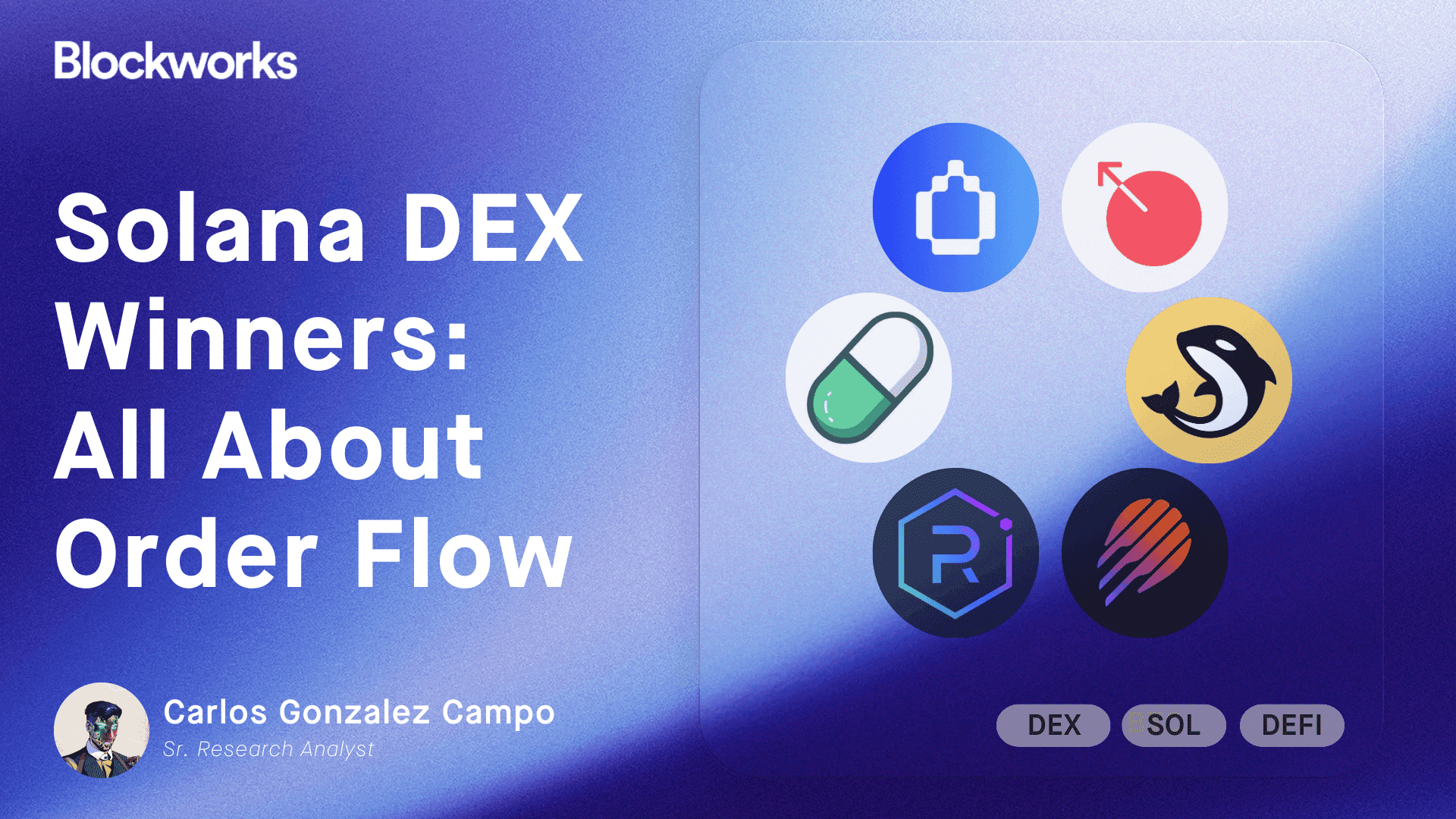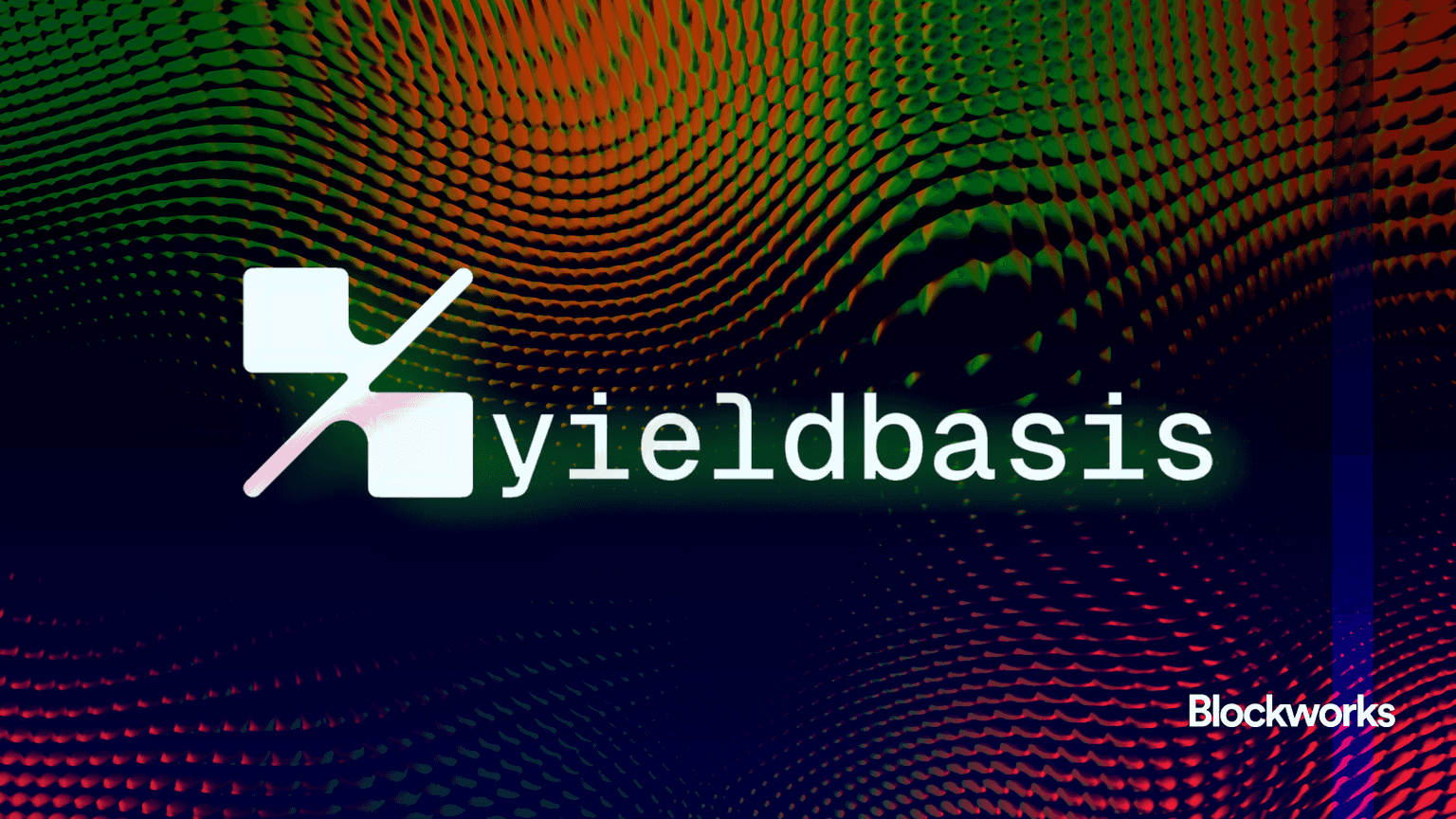Dear Developers, Don’t Forget About Brazil
While the rest of the crypto world is focusing on frivolous non-issues, Brazil is where developers could actually make a difference

Skreidzeleu/Shutterstock modified by Blockworks
In recent years, with the alluring promise that always comes with new technology, blockchain apps grew exponentially.
But over time, the exponential growth slowed — the pseudo-traction of this new tech paradigm was merely venture capital-subsidized user acquisition.
While true innovation has occurred on the data, network and consensus layer, the markets’ irrational exuberance hid what is necessary for organic growth and value creation for blockchain’s application layer.
And now, as more limitations have surfaced, the user aquisition challenges have become more apparent.
Decentralized applications, or dapps, have been focusing on the wrong clients all along, and entrepreneurs worldwide are more than ready for real-world use cases.
The real potential lies in a country that has already managed to popularize blockchain technology for both institutional, regulatory and retail customers: Brazil.
The land of opportunity
The good news is that Brazil has always had problems.
Brazilians need crypto to solve these problems, and this demand has been made clear by both institutions and retail users.
While the United States SEC is under fire for its lack of transparency in crypto regulation, Brazil’s CVM has already created transparent guidelines for players in the region. While the US Federal Reserve has no true guidelines on CBDCs, the Brazilian central bank is implementing real use-cases with incumbent banks. While America weeps with 5.0% interest and inflation, Brazil has been accustomed to double digit interest rates and inflation (for decades).
The entrepreneurs outside of Brazil have mostly focused on infrastructure, but few know how to then create cash-flow generating businesses. While the rest of the world is focusing on the wrong problems, spending energy on layer-2 wars, ZK rollups and MEV, Brazilians have focused solely on applications.
In Brazil, blockchain applications are needed to solve Brazil’s real problems: inflation, lack of credit, unequal access to financial products. The latter carries more weight and deserves consideration.
Even though 85% of Brazil’s population is banked, only 45% have access to credit, and only 3% of the population invests in the stock market. Incumbent banks cannot profit from “low-income” populations, as they are operationally too expensive to keep up with. What do they do to insert the rest of the population in the banking system? Charge 300%+ on credit products, deny any credit to low-tier clients, or simply ignore them. Not enough access and transparency has prevented millions from accessing basic traditional financial services.
The Brazilian Central Bank (BCB) is taking steps toward the adoption of financial technology, with the creation of PIX and the regulatory sandbox LIFT. These initiatives have attracted the attention of both emerging and established companies, as evidenced by the partnership between Aave and the BCB.
Despite these advancements in Brazil, it is worth noting that all the prominent crypto solutions in the region are centralized, which goes against crypto’s decentralized ethos. The people of Brazil have clearly embraced blockchain-enabled solutions: Now, it is up to other entrepreneurs to create decentralized solutions to ensure those solutions benefit everyone.
This is a call to all foreign entrepreneurs and developers to look into Brazil as a go-to setting for crypto innovation: The demographics are superb, the regulation could not be more productive, and the competitive space continues to allow for more and more entrants.
A country’s future cannot be composed solely by local entrepreneurs. The same way that local talent can solve global problems, we now need global talent to solve local problems.
José is an Investor at Fuse Capital, focusing on Web3 in Latin America. He led the Fuse Capital Fund I Security Token Offering (STO), an unprecedented initiative in Latin America for a VC fund. Prior to Fuse, he worked in the Sales & Trading division at Barclay’s and IBD at Brasil Plural. He holds a BA in Economics from New York University.
Dan is a senior investor in private and public companies with over 30 years of experience. He participated in the genesis of GP Investments, the very first private equity group in Brazil, where he was a treasurer for nine years (three of these in Ambev, GP’s portfolio company). Dan was CFO of Cervejaria Devassa and Monte Carlos Joias. Before founding Fuse Capital, Dan was at Fox Investimentos, where he led the private equity division and equity portfolio of the firm.
Get the news in your inbox. Explore Blockworks newsletters:
- The Breakdown: Decoding crypto and the markets. Daily.
- 0xResearch: Alpha in your inbox. Think like an analyst.






